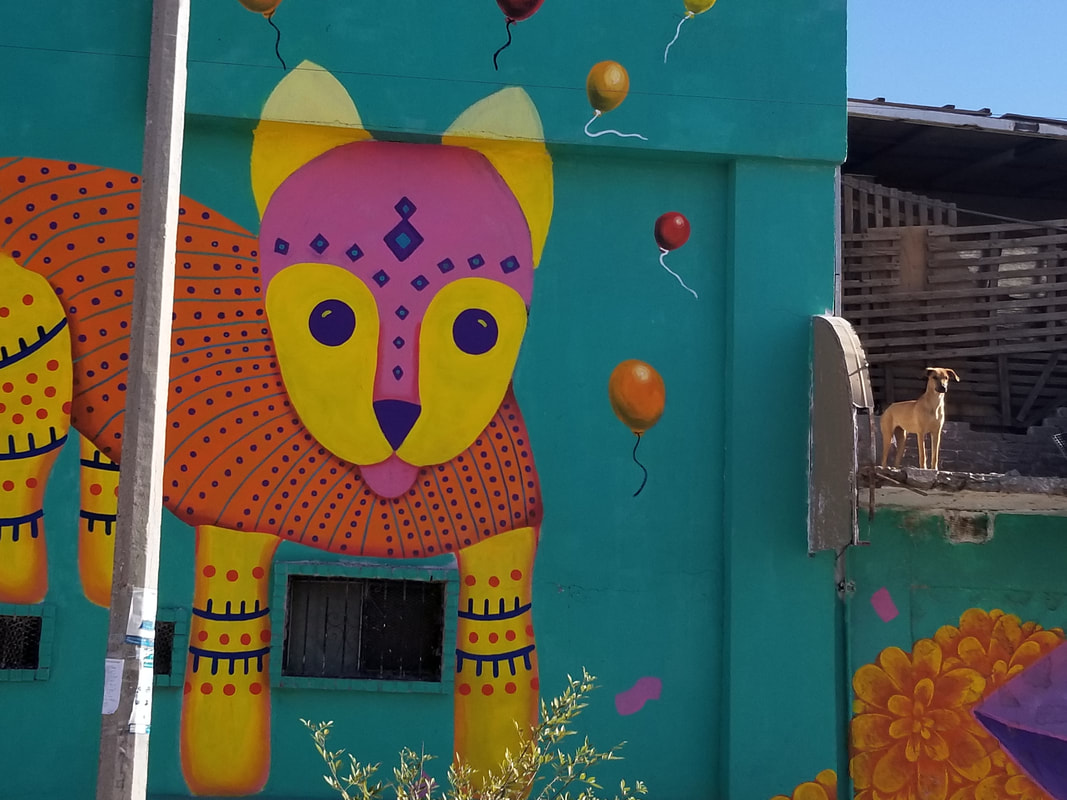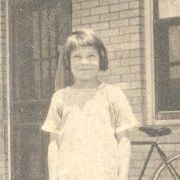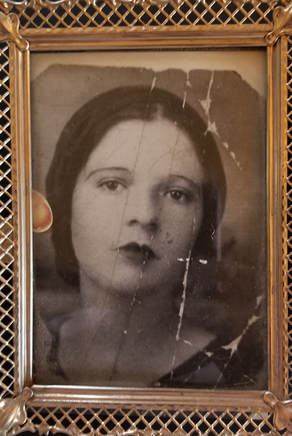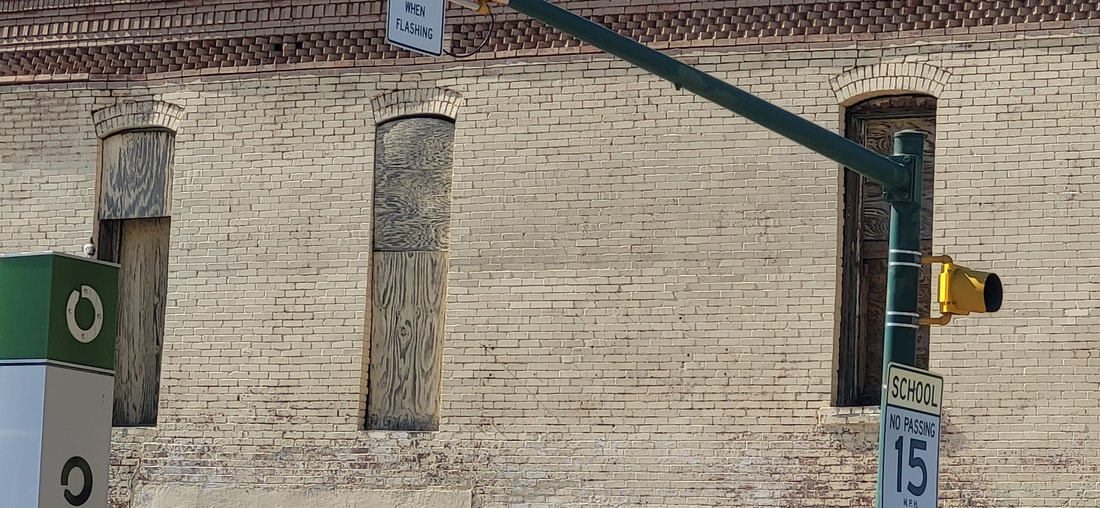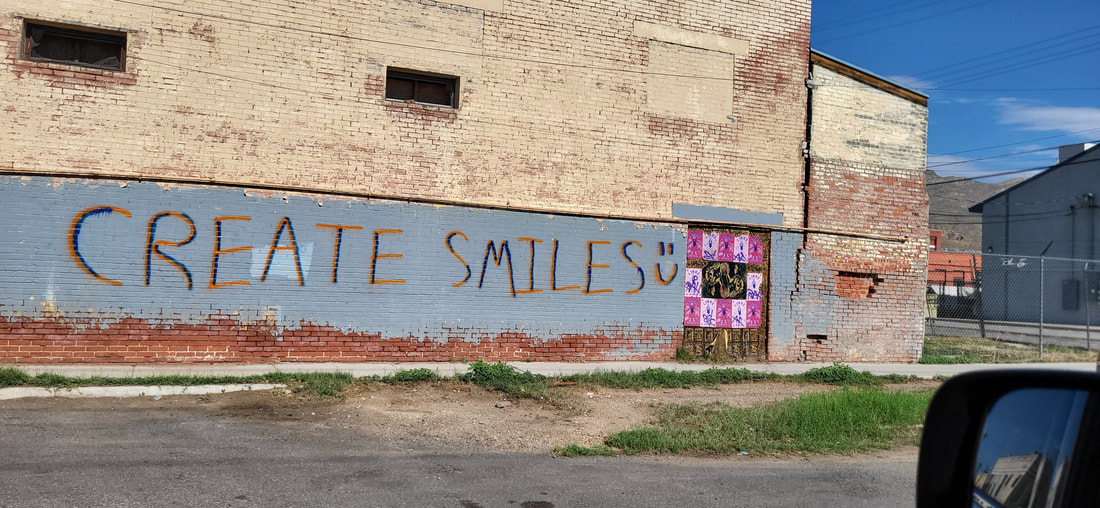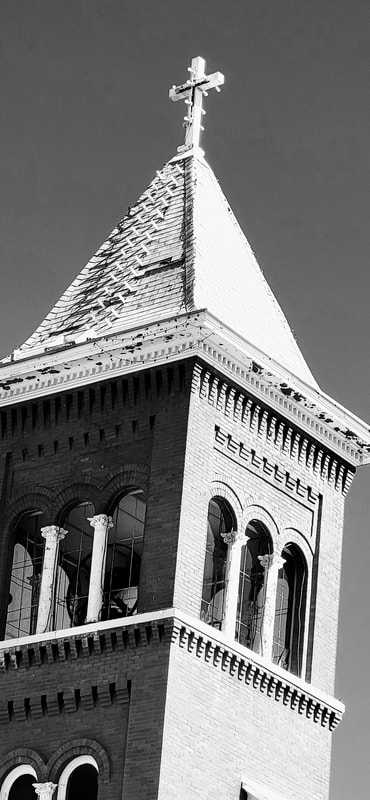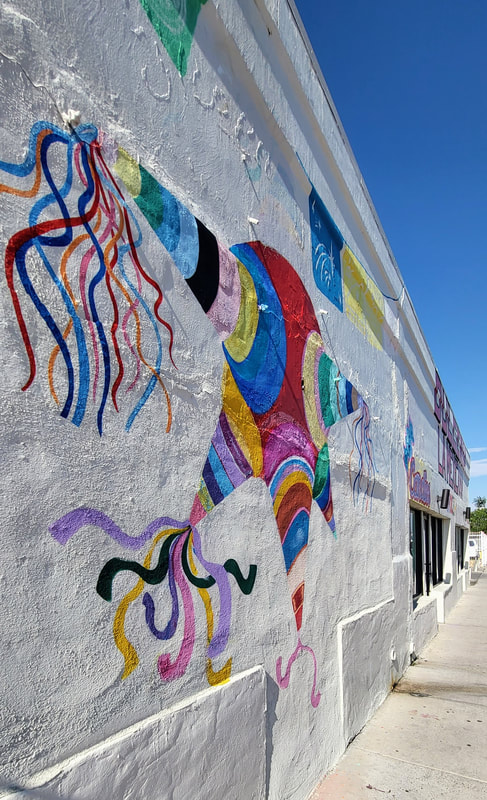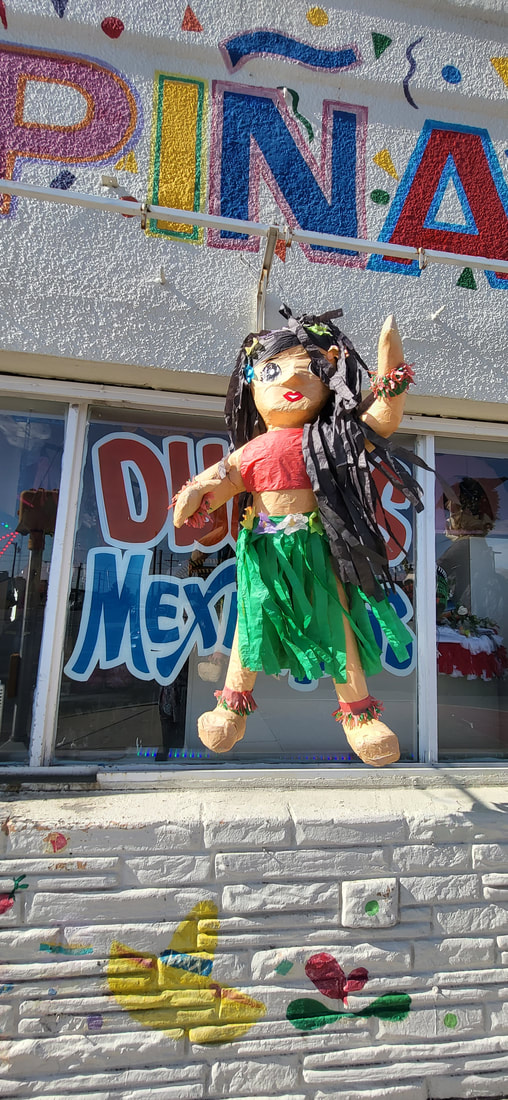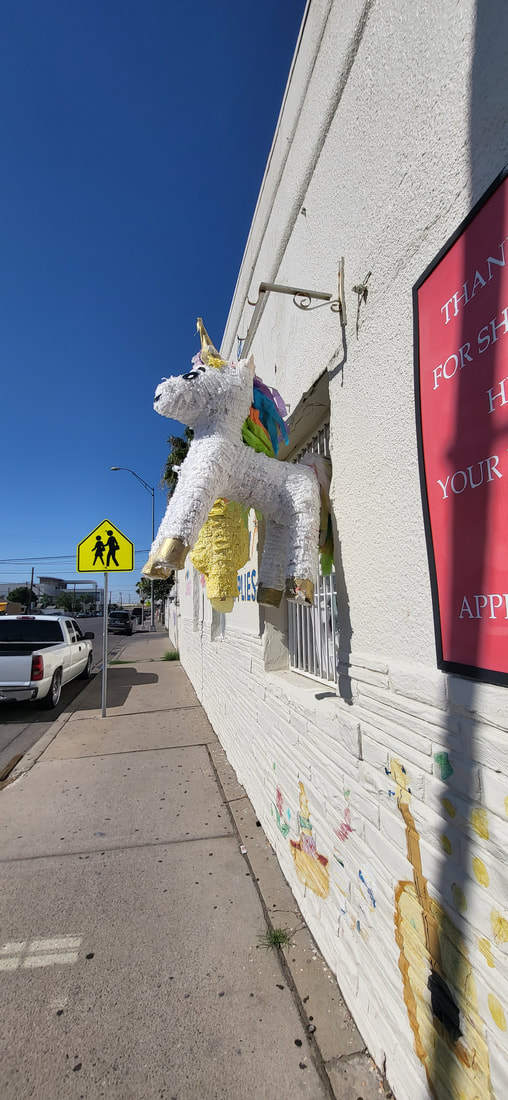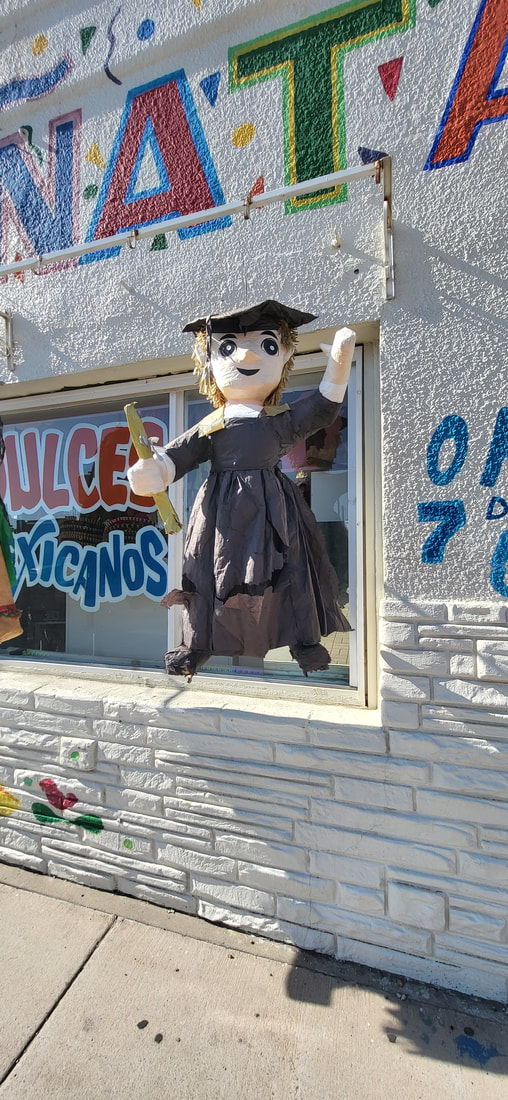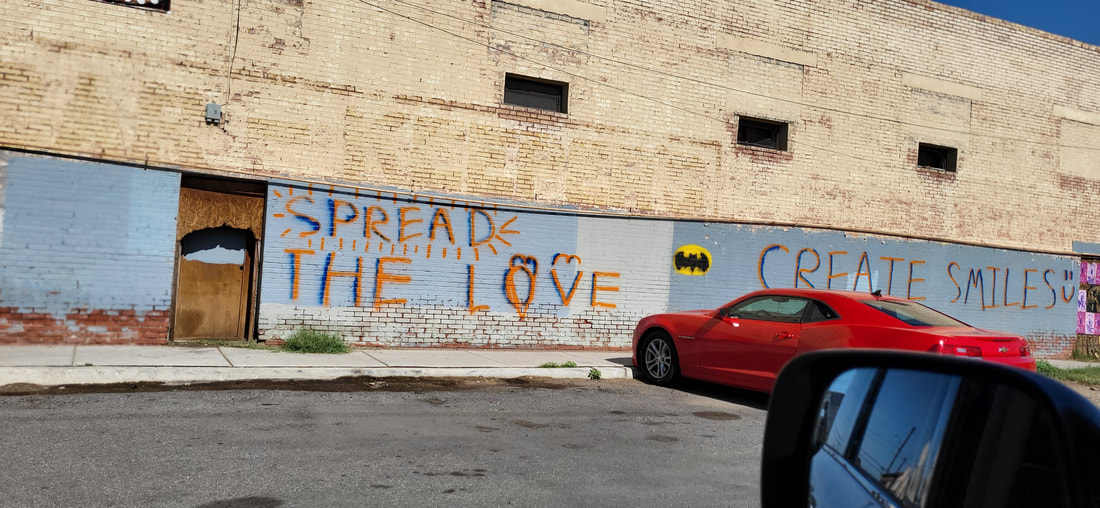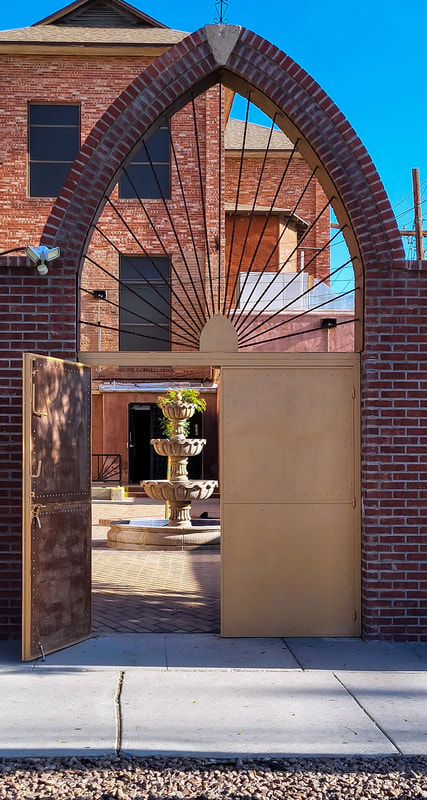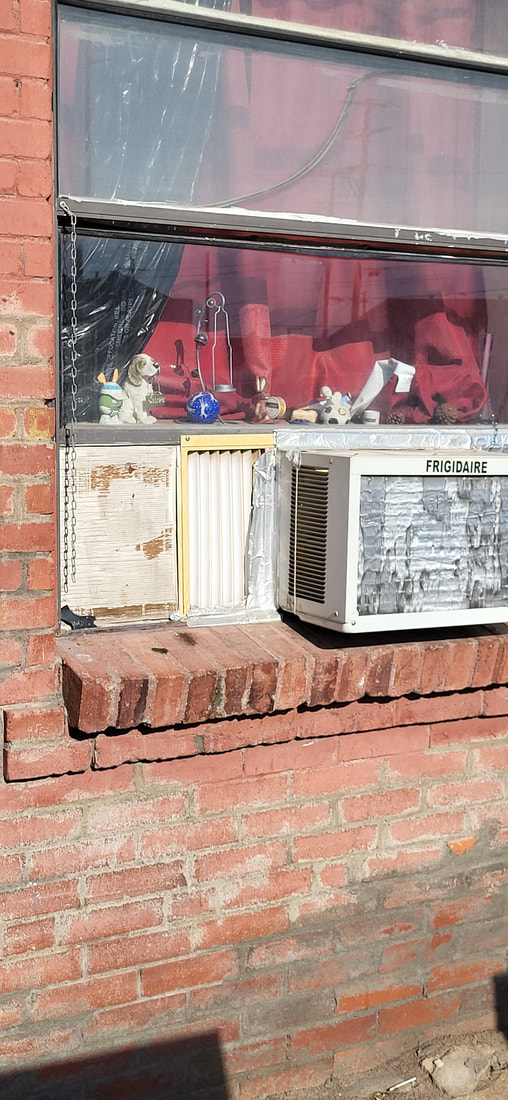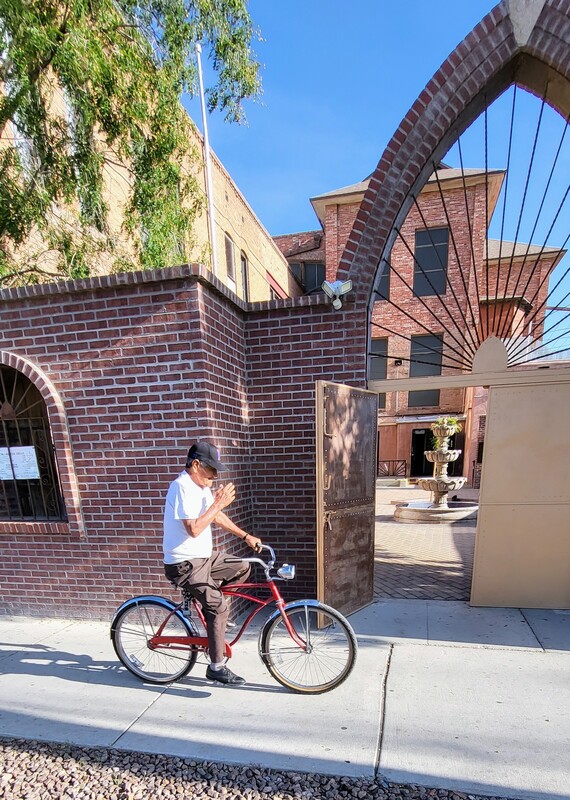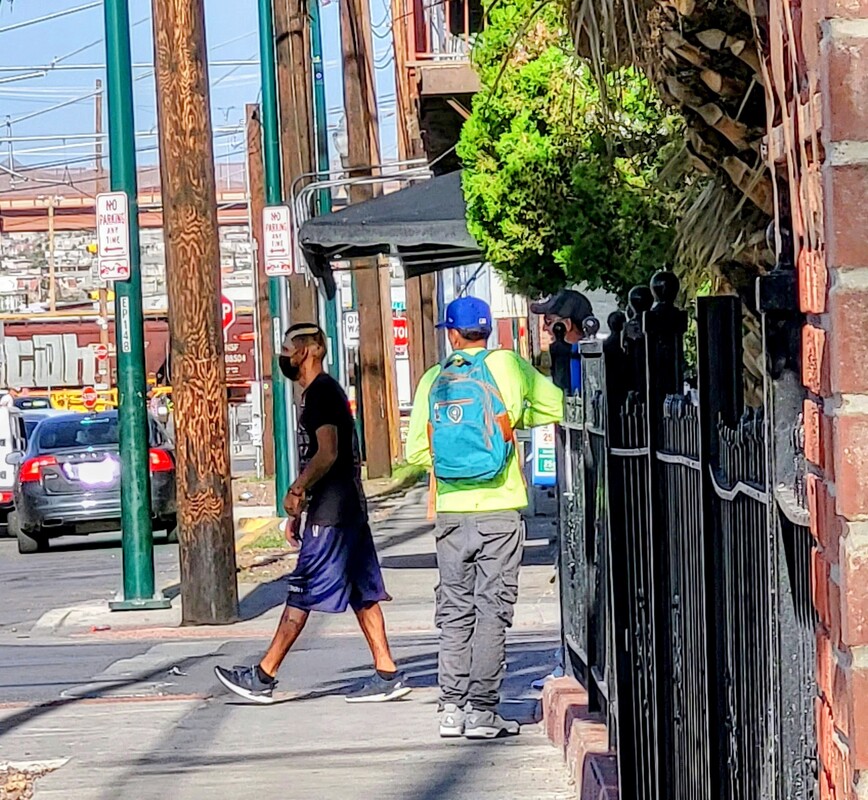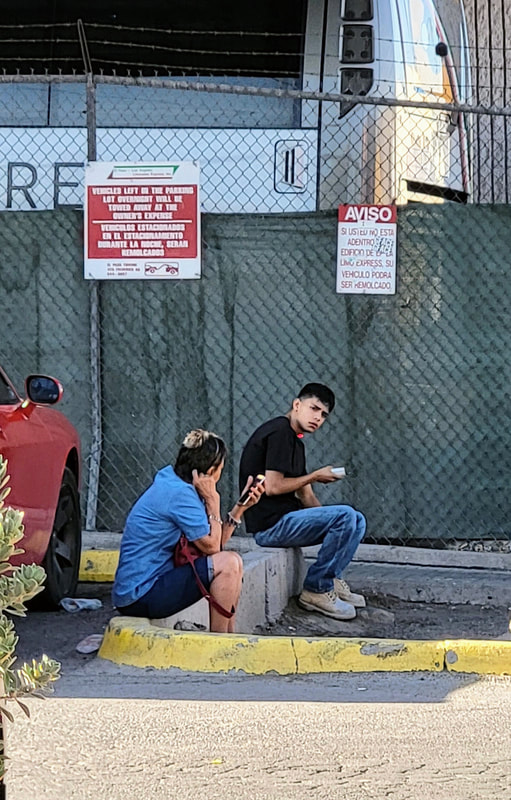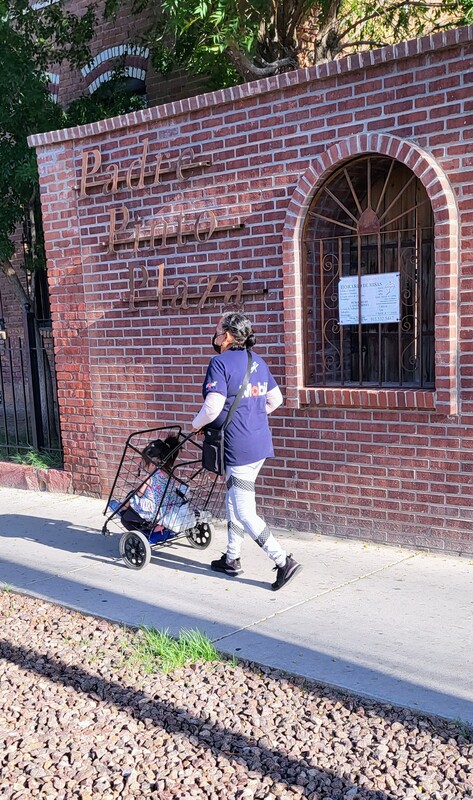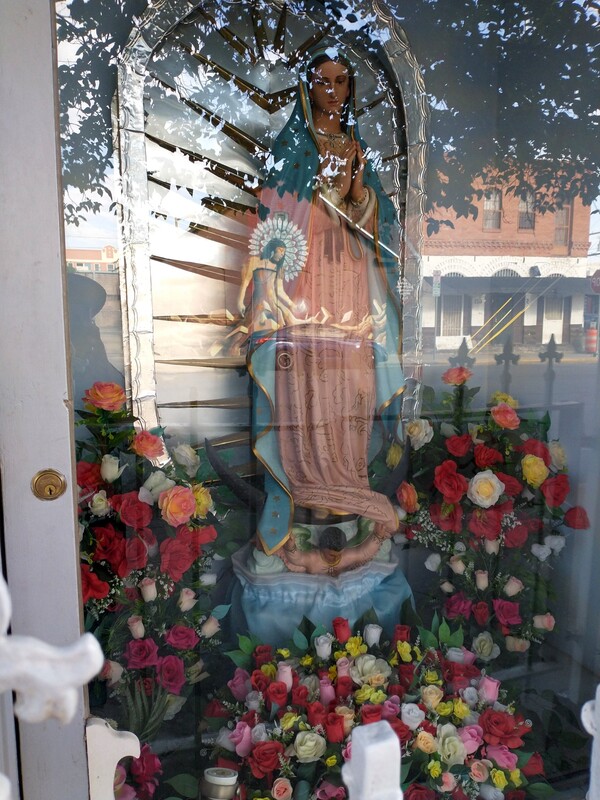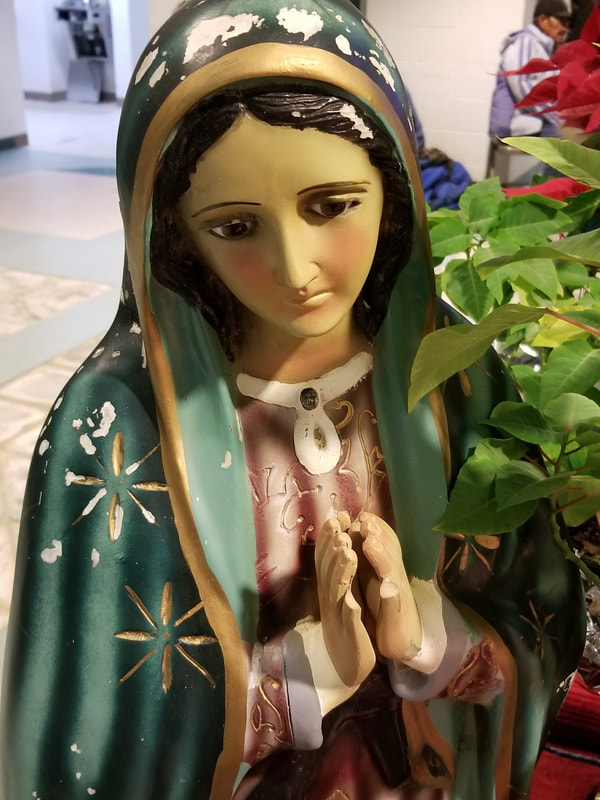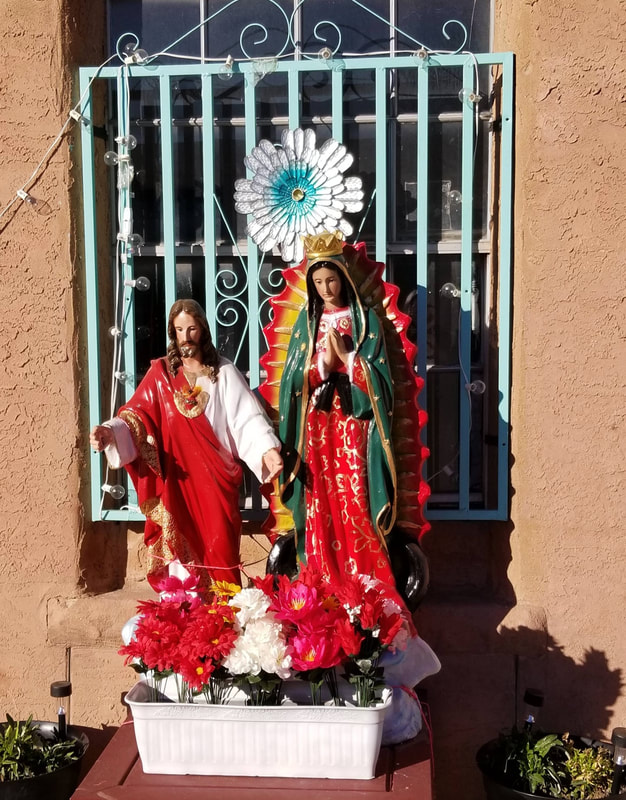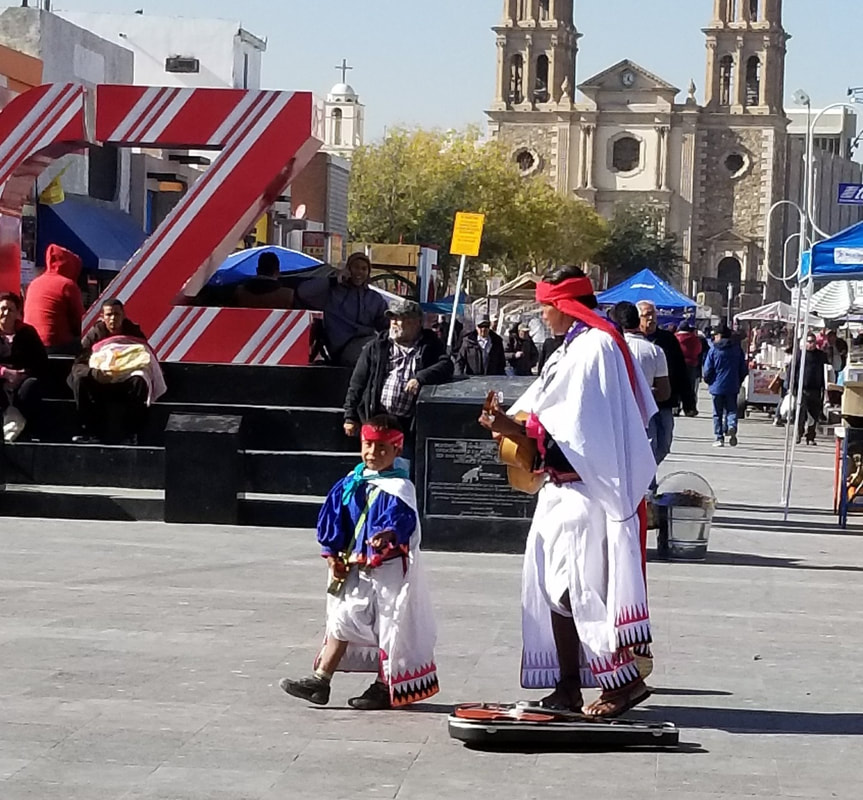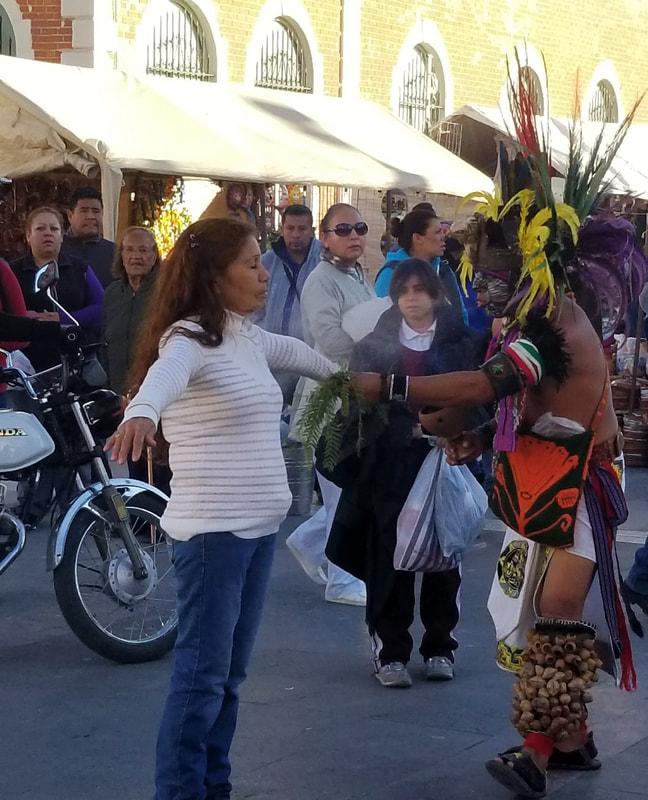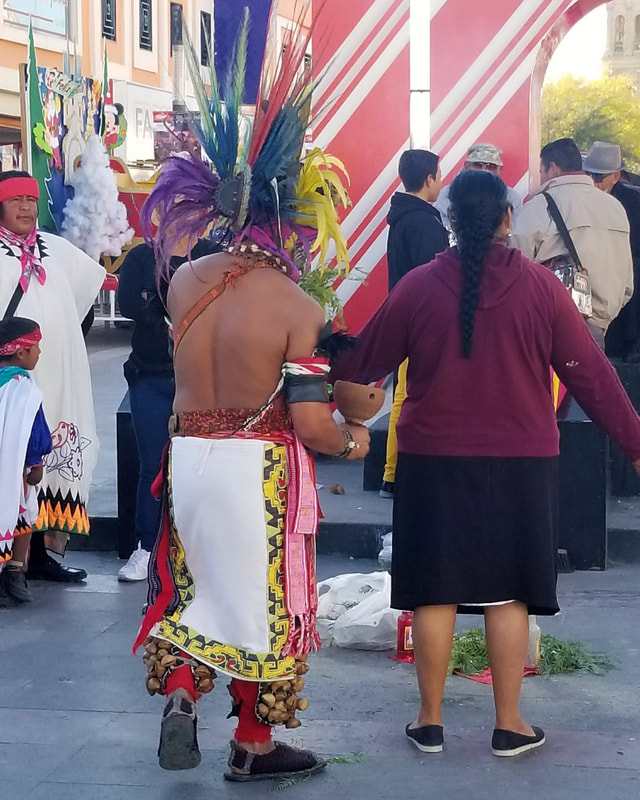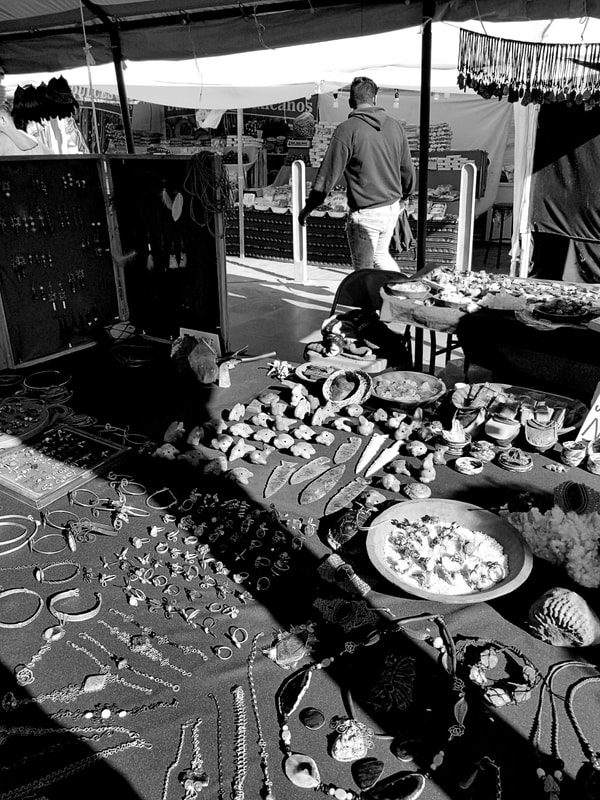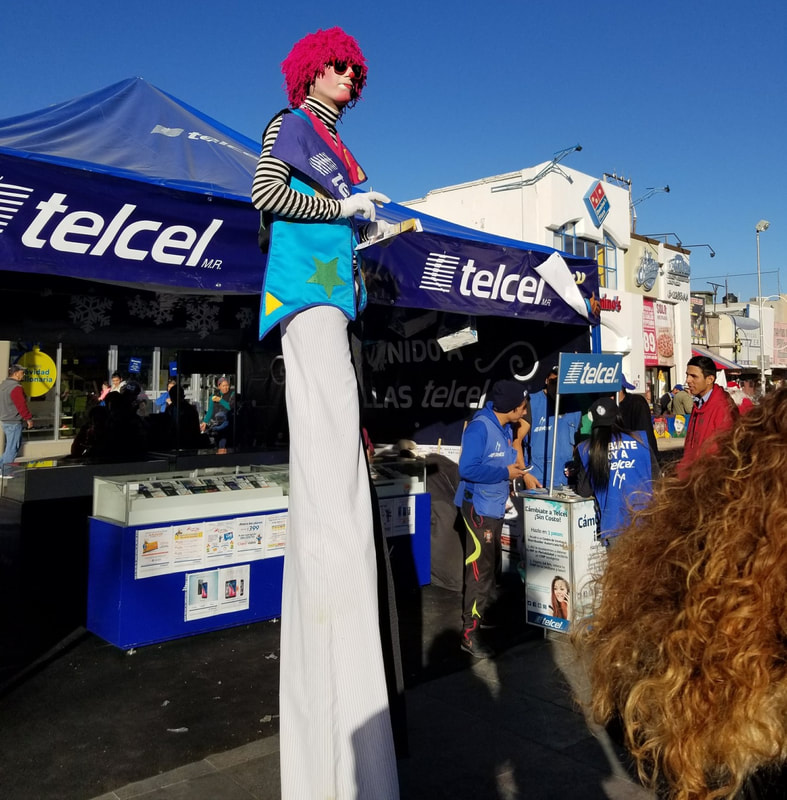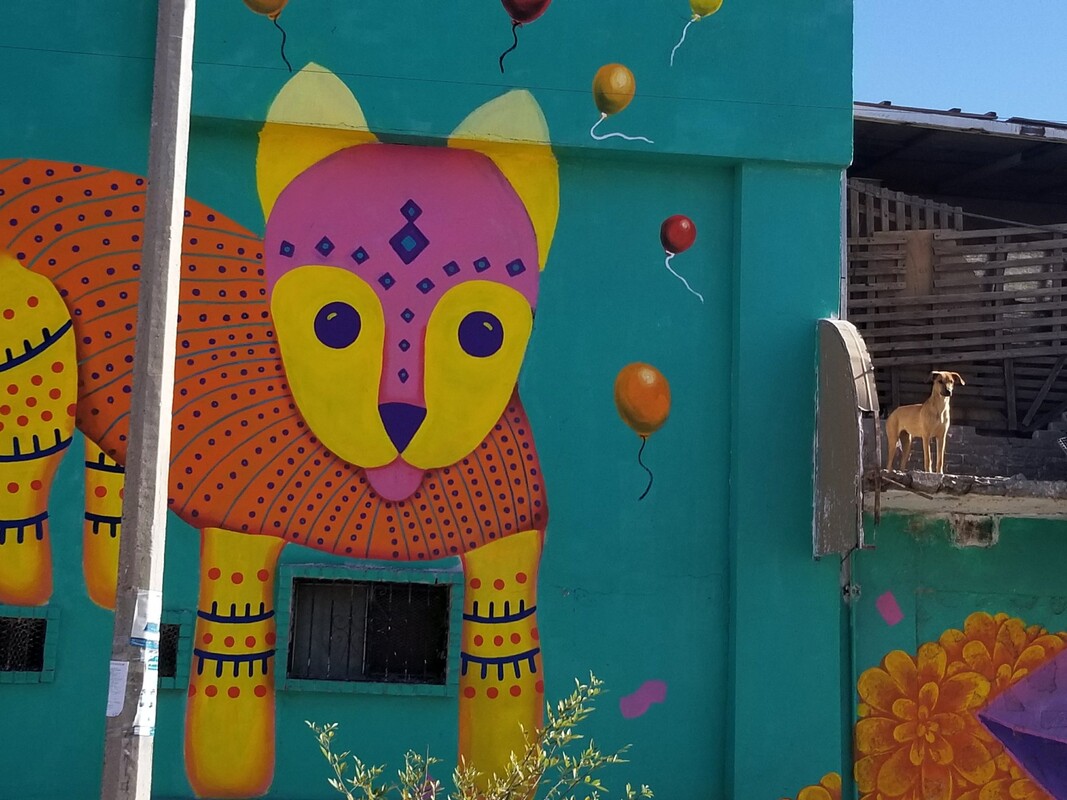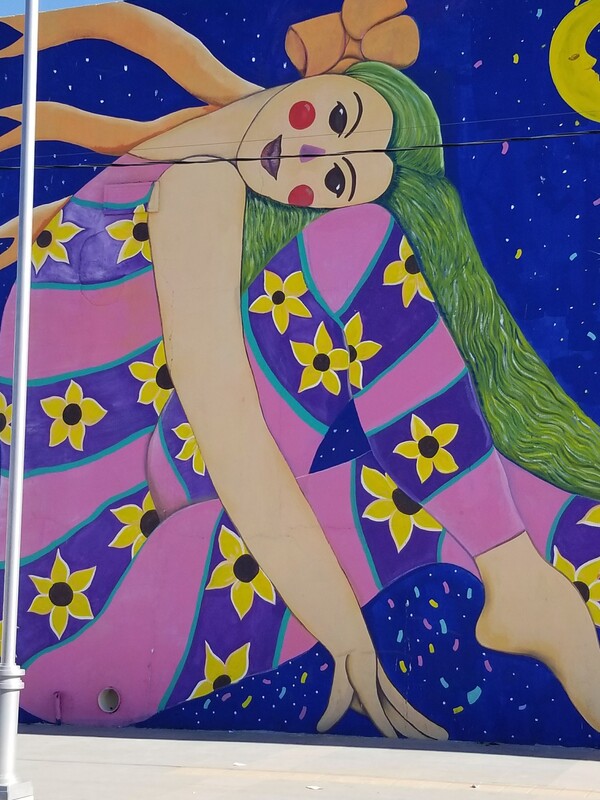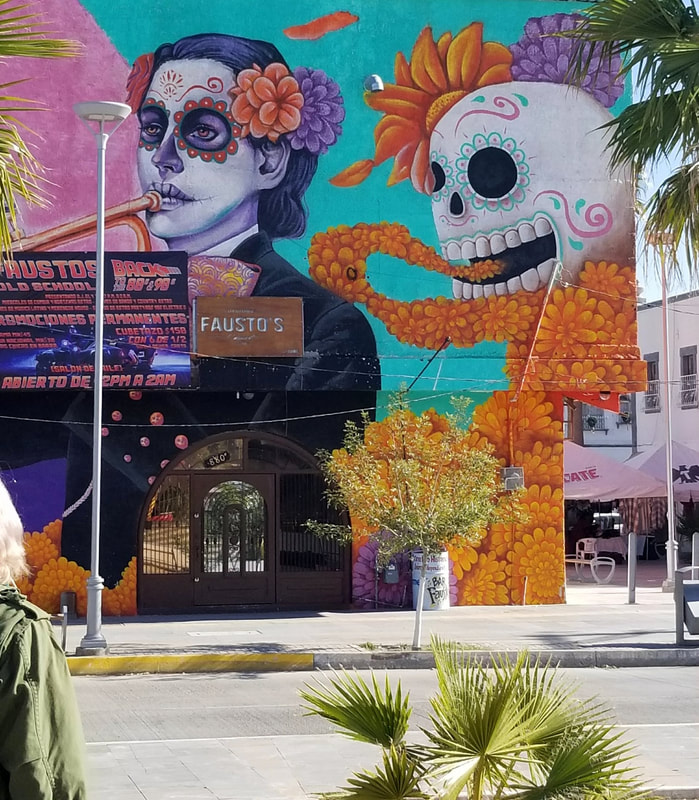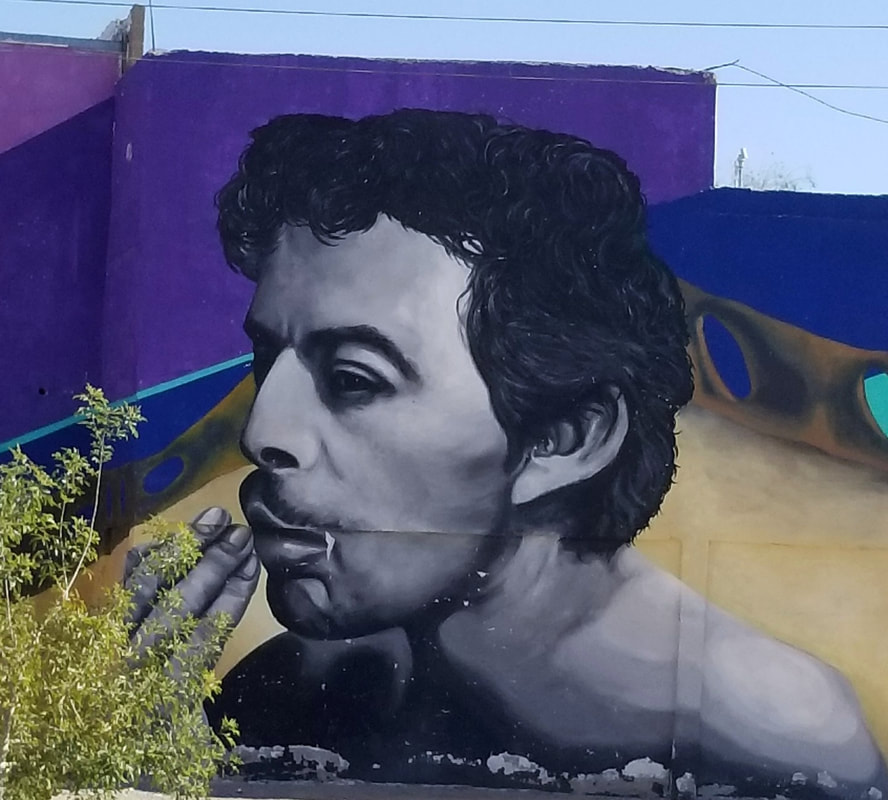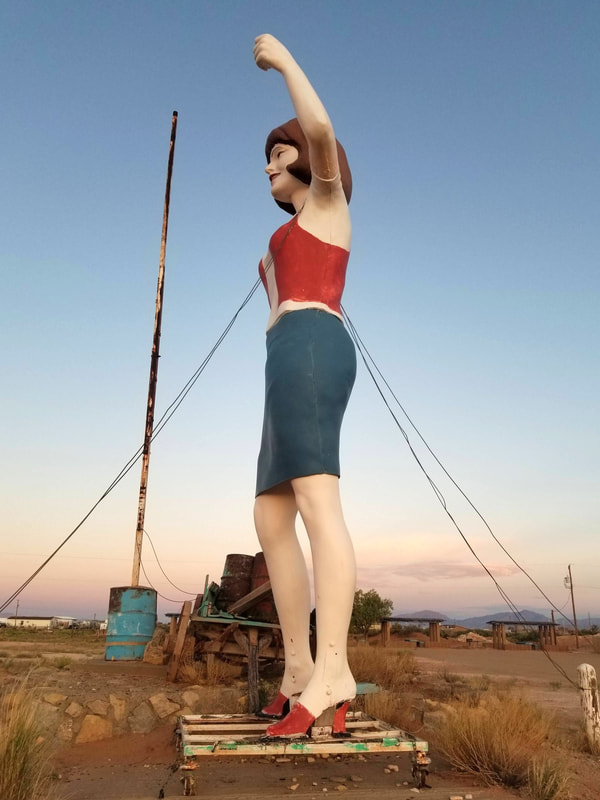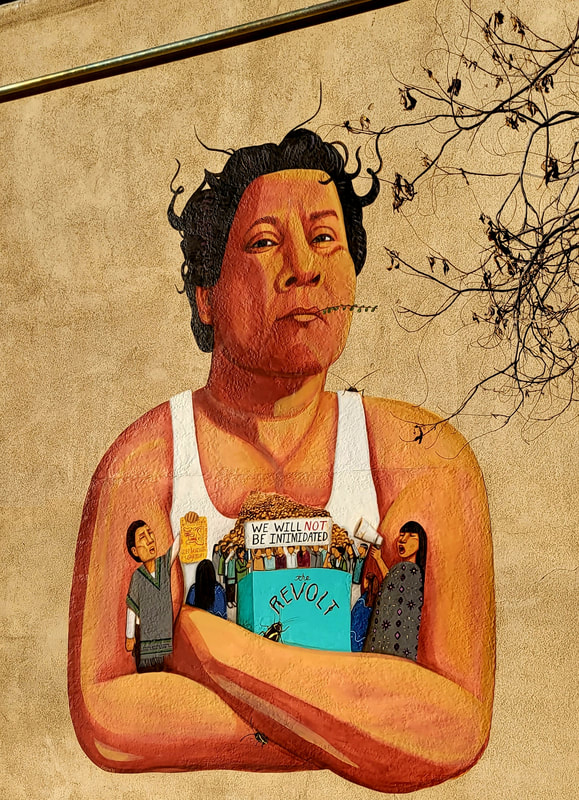|
I remember the day I discovered that my mother was American. I was in Mexico City with a friend doing research. She invited me to her suegra's house and after a couple of bus rides, we found ourselves at a lovely home, welcomed by her in-laws. Her mother-in-law had prepared a wonderful meal based on the traditional cuisine of Veracruz, her home state. She was very proud of her roots and her ability to offer me the delicious dishes of her homeland. As we sat around the table, she asked me: "¿Cuál era la comida tradicional que su mamá cocinaba?" What was the traditional dish that my mother cooked? I thought for a while: what was my mother's traditional food? I wanted to say something very Mexican because I thought of my parents as very Mexican. "Meatloaf," I answered abruptly. I loved my mother's meatloaf. The suegra wasn't sure what I was talking about and my friend laughed. (How would you say meatloaf in Spanish, anyway?) That was the moment I realized my mother was American. My mother in front of the presidio apartments where she lived in El Segundo Barrio, 1920s. My mama crossed the border from Chihuahua to Texas as a nine-year-old, eventually entering El Paso's first "Mexican school," Aoy Elementary. When the school district was first created in 1883, students who did not speak English were not allowed to attend. In 1887, a newcomer arrived, Olivas Aoy, and with the support of Mexican parents who wanted an education for their children, he founded the Mexican Preparatory School. Later, after his death, it was renamed in his honor. Aoy, a Spaniard, is an enigma and not much is known about him before he arrived to the United States. In a newspaper interview, Aoy told the reporter that until a child learned English, he remained "just a Mexican." By the time my mama entered Aoy in the early 1920s, the idea of Americanizing Mexican and Mexican American children was entrenched in the curriculum and in practice. Policies against speaking Spanish in the "Mexican schools" were widespread across the Southwest. Teachers and administrators humiliated, mocked, and corporally punished students for speaking Spanish on school grounds. Yet, in the so-called "American schools," white children were taught Spanish since they would be the future employers of Mexicans. In the 1960s, with this policy still in place, teachers castigated my older cousins who attended one of the historic "Mexican schools" for speaking Spanish. As I prepared to enter first grade, my parents forbade me from speaking Spanish-- they didn't want me to be punished. They continued to speak only Spanish to me while I responded in English. What they didn't know was that my elementary school was one of the "American schools" and I attended Spanish class my entire time there. After being fluently bilingual as a small child, this new rule to speak only English while my parents spoke only Spanish confused me. It made them seem even more "Mexican" to me. My mother laughed when I tried to speak Spanish so eventually I stopped. I remember my mother's older sister laughing at my mother's Spanish. "Ay, you don't even know how to speak Spanish," she would say. My mother's face took on a pained look. I didn't understand why my aunt would say that-- Spanish was my mama's language. My aunt, who was fifteen when they crossed the border, had attended school in Mexico. My mother had been educated here. My aunt saw my mother as pocha as my mother saw me. Pocho, long used as a pejorative term indicated a Mexican American who was not fluent in Spanish. As a teenager in the twenties, my mother wanted to be like the other American teenagers. She asked her father if she could cut her hair in a bob. He said no. She did it anyway. She worked washing dishes for neighbors in order to buy enough red bandanas to make a dress. When her father saw it, he tore it up. A popular 1920s song from San Antonio, "Las Pelonas" ("The Short Haired Women" or flappers) captures my mother's story: Los paños colorados Los tengo aborrecidos, Y ahora las pelonas Los usan de vestidos. Red bandanas I detest, And now the flappers Use them for their dress. Sometimes, even in her sixties and seventies, she would dance the Charleston in our living room, recalling her days as a pelona. My flapper mother in the late 1920s I heard these stories my entire life but that day in Mexico City put them in another perspective. Growing up as the English-speaking daughter in a Spanish-speaking home, I uncomfortably felt very "American" and my mother seemed very "Mexican." Now, I could see that she was indeed American, the product of Americanization programs and American popular culture. I felt close to her in that moment, pocha to pocha.
0 Comments
|
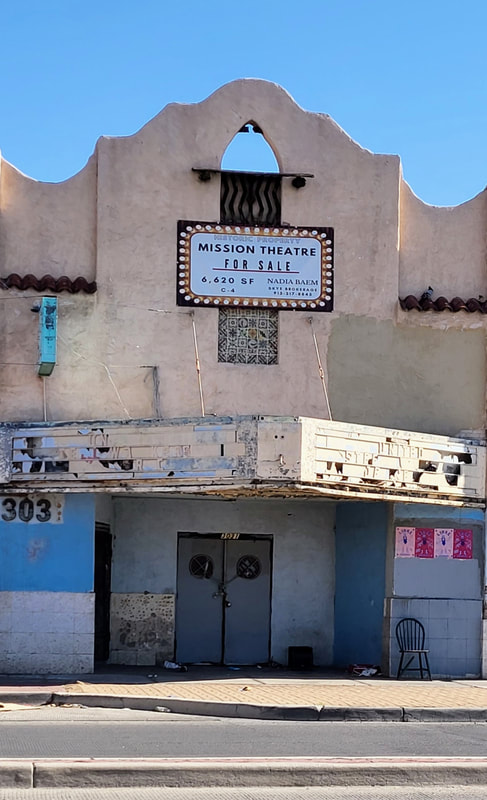
My father used to tell me about sneaking into this theater to watch movies as a kid in the 1910s. It showed Spanish language films. In the 1940s, it was transformed into a "whites only" theater but that didn't last long. By the 1950s, it was headquarters to the Mine, Mill, and Smelter Workers Union, a radical labor organization. Before it closed, it housed the Mine and Mill Bar.
Segundo Barrio
Father Rahm Street
July 2022
La Virgensita en la frontera
Cd Juarez downtown
December 2017
La Mariscal, Ciudad Juarez, 2017
Montana Vista 2019
El Centro July 2022
